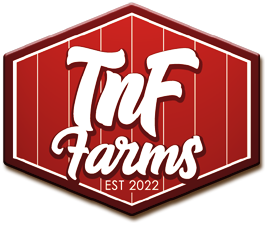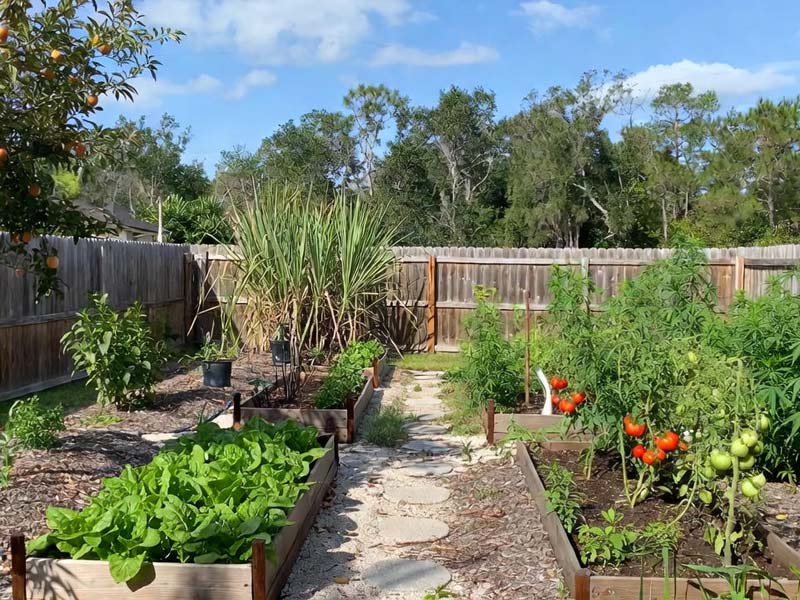How to Start and Monetize a Small Urban Farm: A Hands-On Guide for First-Time Growers
Introduction
Starting a small urban farm sounds romantic — but it’s really about systems, not sunshine. It’s for city-dwellers who want to turn unused spaces (balconies, rooftops, or backyards) into living income streams. Whether your dream is to grow microgreens for local cafés or to run a compact CSA, the process blends planning, patience, and creative monetization.
TL;DR
 Urban farming = business + biology.
Urban farming = business + biology.
You’ll need:
- Space optimization → vertical setups win.
- Soil or hydro mastery → match your crop type.
- Local partnerships → restaurants, markets, or subscription buyers.
- Digital presence → you’ll sell more lettuce online than on the sidewalk.
- Business systems → handle permits, LLCs, and taxes early.
Step-by-Step: The Mini-Farm Quickstart Checklist
- Define Your Vision – Herbs for chefs? Flowers for events? Start small and specific.
- Assess Space & Sunlight – Even a 10’×10’ rooftop can yield profit with vertical racks.
- Pick Your Growing System:
○ Soil-based: cheaper startup, classic feel.○ Hydroponic: cleaner, faster growth.
○ Aquaponic: eco-friendly loop system.
- Get Your Supplies: buy quality grow lights, compost, and trays (check Bootstrap Farmer, Gardener’s Supply).
- Create a Business Plan: outline costs, local demand, and pricing tiers.
- Legal Setup: Register your business, open a separate bank account, and get city permits.
- Find Sales Channels: farmers markets, local stores, or direct-to-consumer subscriptions.
Track Finances: simple tools like Wave Accounting or QuickBooks keep profit visible.
Monetization Matrix (for Fast Learners)
| Revenue Model | Description | Typical ROI | Tools / Links |
| CSA (Community Supported Agriculture) | Weekly produce boxes for local members | 30–45% | LocalHarvest |
| Microgreens | Quick harvest, high profit per square foot | 50–70% | True Leaf Market |
| Restaurant Supply | Grow custom herbs or salad mixes | 40% | Farmigo |
| Flower Subscriptions | Great for rooftops or balconies | 35–55% | TheBouqs.com |
| Educational Workshops | Monetize your expertise | Variable | Eventbrite |
FAQ — Real Questions from Real Growers
 Q: Can I start with no land?
Q: Can I start with no land?
Yes. Lease a lot, use a community garden, or grow microgreens indoors.
Q: How soon can I make money?
With microgreens or herbs — 4 to 6 weeks. With produce — one full season.
Q: How do I sell beyond my neighborhood?
Start with local buyers, then use online marketplaces or social media drops via Instagram and Shopify.
Q: What crops are easiest for beginners?
Basil, arugula, lettuce, radishes, and cherry tomatoes — fast-growing, forgiving, and sellable.
How-To: Build Your First Growing Rack
- Get one metal shelving unit (about 4 feet wide).
- Add LED grow lights per shelf (clip-on types work fine).
- Place trays with coco coir or soil on each level.
- Use a timer for lights: 16 hours on / 8 off.
- Water evenly; harvest weekly.
- That’s a full mini-farm in under $300 and six square feet.
Using an All-in-One Platform to Launch Your Farm
Turning your urban farm into a formal business can be surprisingly simple when you use an integrated service like zenbusiness.com. Platforms like this streamline LLC formation, website creation, compliance management, and financial setup — so you can focus on the soil, not the spreadsheets. Whether you’re applying for permits, setting up accounting, or building your brand, this kind of all-in-one solution keeps your farm legally solid and ready to grow.
Product Highlight: Smart Irrigation Systems
If you’re scaling up, automation saves time and water. Tools like Rachio Smart Irrigation can be synced to weather data — adjusting water use automatically. A small setup can cut utility costs by 30% while keeping crops hydrated evenly. Perfect for roof and balcony growers.
Bonus Tips: Urban Farm Survival List
- Join a local grower network — you’ll find buyers and mentors.
- Apply for city sustainability grants (many urban farms qualify).
- Use compost made from restaurant scraps — cheap and community-friendly.
- Keep visual records: time-lapse your harvests for social media marketing.
- Build recurring revenue first, then expand your crop range.
Conclusion
Urban farming is less about the land you have and more about how intelligently you use it. Start small, track everything, automate where possible, and build a micro-ecosystem that feeds both people and your wallet. The future of farming is local — and it might just start on your balcony.


